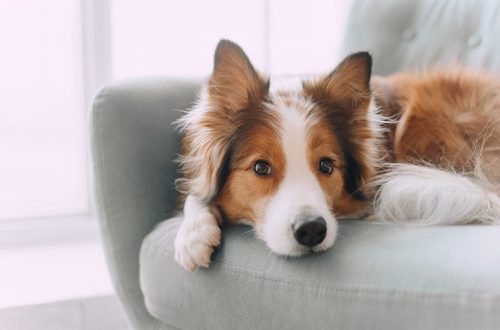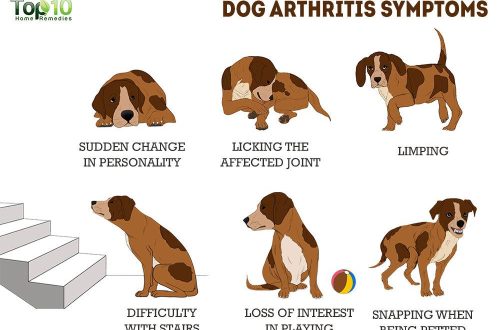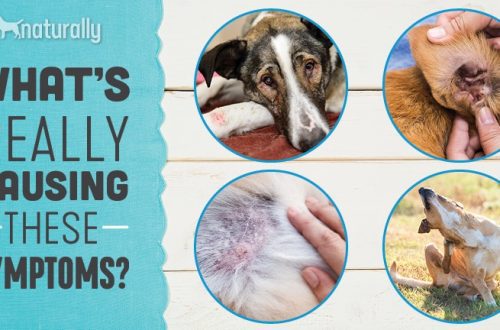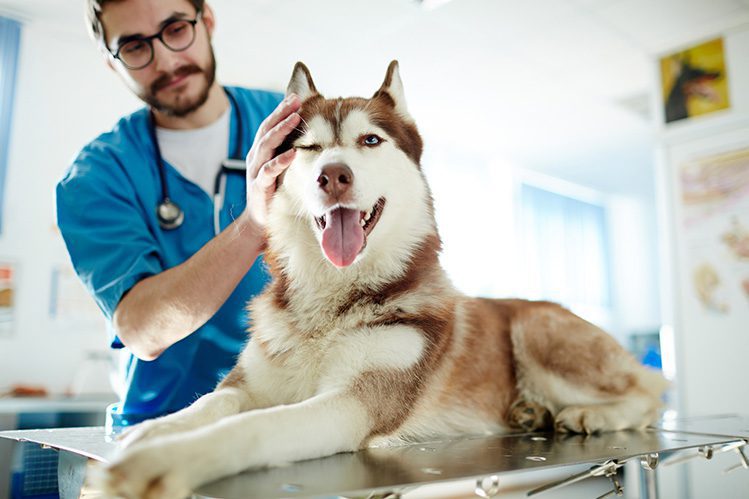
Loss of coordination in dogs
Just now everything was in order, but suddenly the dog lost his balance, fell on his side or began to spontaneously turn his head. This situation will scare anyone. What could be the reason for this and what should the owner do?
If your dog’s gait has changed or the dog has suddenly fallen, examine it first. Perhaps the dog cut or twisted its paw? Or is it a case of advanced arthritis?
Loss of coordination and loss of consciousness may be a symptom of severe anemia, infection, heat or sunstroke, poisoning, or severe helminth infestation. Perhaps the body is severely weakened after a serious illness, surgery, due to a lack of vitamins or severe stress. In all of these cases, the pet will usually have other symptoms as well – and you can guess what is going on with the dog.
Loss of coordination of movements during the period when the dog is recovering from anesthesia or recovering from surgery is normal. So that the dog does not get hurt, arrange a sleeping place for it on the floor. Do not let your dog climb on sofas, armchairs or other high surfaces so that the dog does not fall off them.
But what if a second ago the dog felt normal – and suddenly lost his orientation in space and fell on his side? What if the symptom goes away on its own and then recurs? Most likely, we are talking about a disease of the vestibular apparatus or the central nervous system. You may have experienced otitis media, a common cause of incoordination. Or perhaps the cause is vascular or infectious diseases of the brain, inflammatory diseases of the nervous system, or neoplasms.
Loss of coordination is a serious symptom that should not be ignored. Contact a specialist without delay! He will examine the dog, conduct an examination, take tests and find out the exact cause of the disease. Further treatment will depend on the diagnosis.

The condition when the coordination of movements of various muscles is disturbed in the absence of muscle weakness is called ataxia. Common motor disorder.
Animals with ataxia make movements, but at the same time they develop uncoordination. It’s not just about the unsteady gait. Almost all body functions suffer: movement, fine motor skills, the ability to make sounds, and even the process of swallowing. Ataxia can be life threatening. This symptom should never be ignored.
No dog is immune from health problems. So ataxia can develop in pets of any breed and age.
Ataxia can be not only acquired, but also congenital. Some breeds are more likely to show symptoms of ataxia. These are, for example, Sennenhunds, Amstaffs, Chinese Cresteds, Bobtails and many terriers. Therefore, it is important to purchase a puppy from a trusted breeder who allows only healthy animals with a good pedigree to be bred. This minimizes the chance of genetic diseases in the puppy.
The risk group includes older animals. Most often, coordination problems occur in dogs older than 7 years. You should be alerted by muscle tremors, chaotic rotation of the eyeballs and head, squatting and falling during movement, stumbling out of the blue and disorientation.
If you notice at least one alarming symptom, contact your veterinarian immediately. Don’t wait for the condition to worsen.
Ataxia is not an independent disease, but a symptom. Treatment depends on the correct diagnosis and identification of the underlying pathology that a particular dog suffers from, its state of health and individual characteristics. There can be no single scheme here.
In the early stages of the disease, drug therapy will help to overcome the problem. And there is a chance that the pet will need surgery (for example, with neoplasms or ophthalmic diseases). In any case, do not panic. If you react quickly and provide competent care for your pet, he has every chance to continue a happy full life.
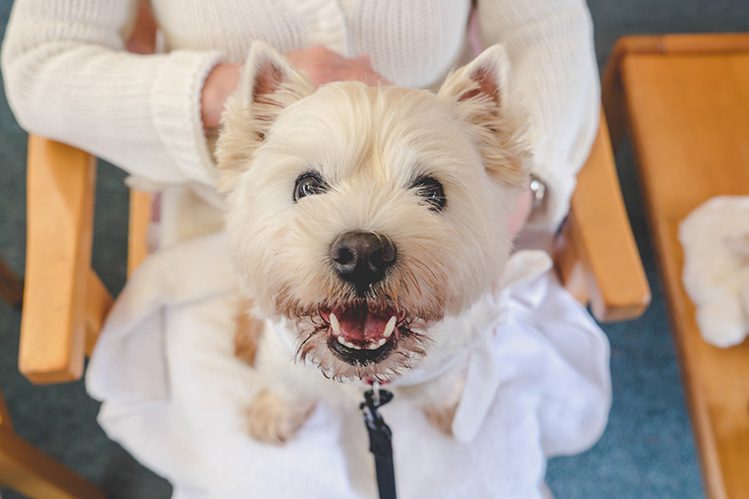
Only professional selection helps to prevent congenital ataxia in puppies. Therefore, it is important to purchase a pet only from a trusted breeder, having carefully read the pedigree of the puppy’s parents in advance.
Standard health measures will help protect your pet from acquired ataxia. First of all, this is proper nutrition, regular vaccination and treatment for parasites, the optimal level of physical activity and proper care.
From us – pet owners – not everything depends, but a lot. Let’s take good care of our pets.



